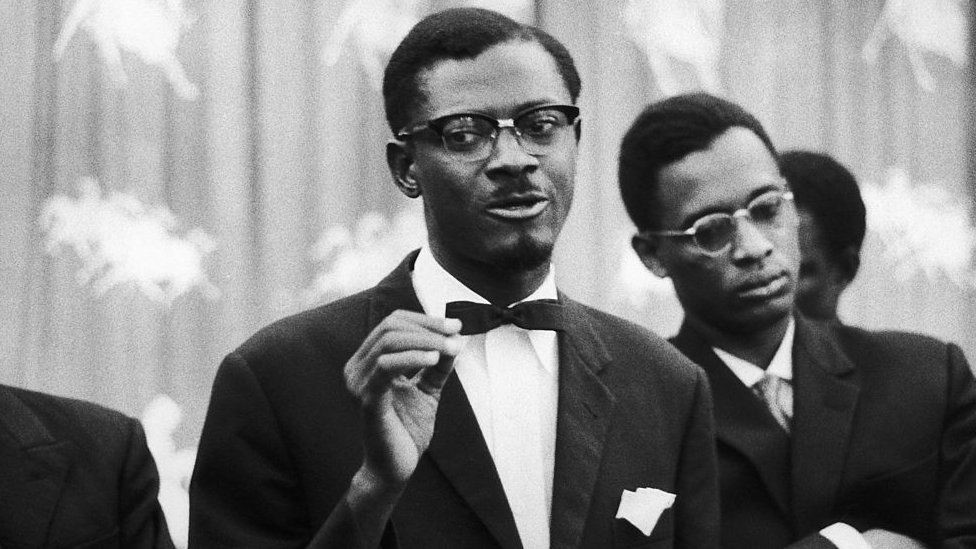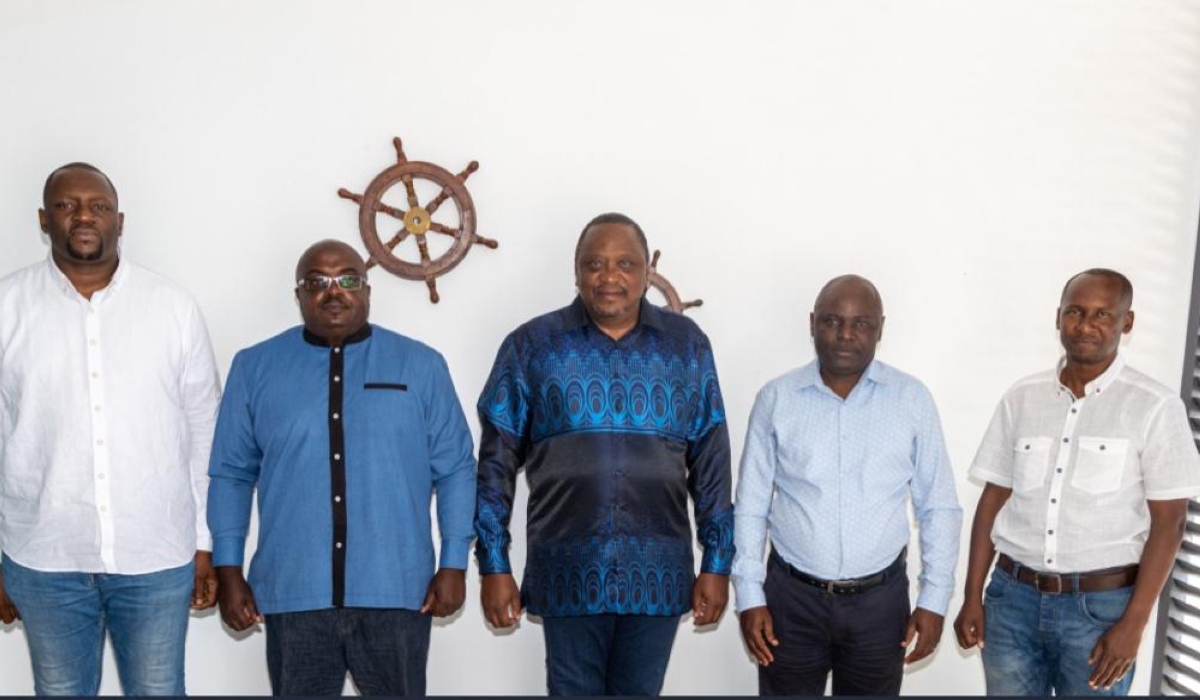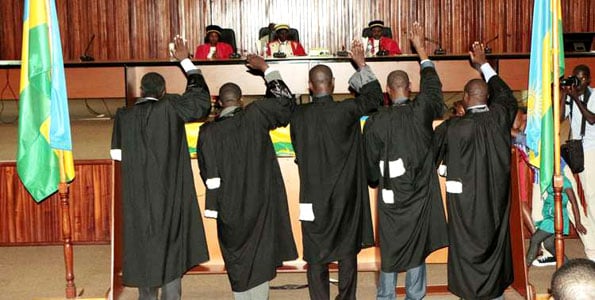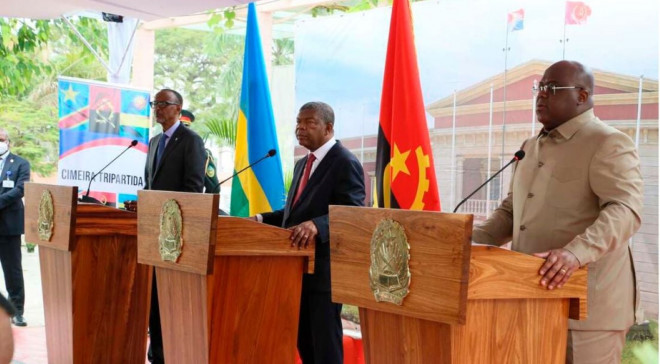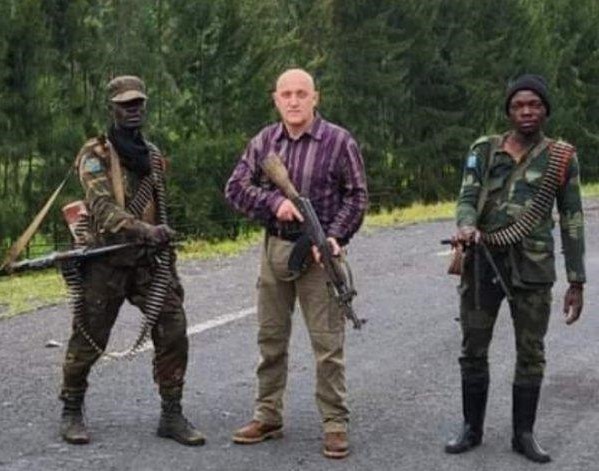Regional
DRC: Kinshasa wants to replace EAC force with mercenaries

On January 18, the streets of Goma, the capital of North Kivu
province in the east of the Democratic Republic of Congo (DRC), were stormed by
demonstrators protesting against the East African Community
Regional Force (EACRF).
Burundi,
Kenya and South Sudan are the countries that make the regional bloc’s force in
Goma and the environs. Their mandate is to deal with foreign and local armed
groups which will refuse to join the political dialogue for peace.
The
protestors’ wish is for the EACRF to attack the M23 rebels. They called for the
regional force to go home or battle their presumed enemy, M23 rebels.
Before
the protests started, DRC army Chief of Staff, Gen Christian Tshiwewe, and the military governor of North Kivu province, Lt Gen
Constant Ndima Kongba, held meetings with civil society and opinion leaders,
and reportedly mobilized the violent demonstrations.
Inspite of the denial, Kinshasa brought in Russian and French mercenaries
to help its poorly trained and indiscipline army to fight the rebels. The mercenaries
are now in Goma, where they arrived under the guise of training Congolese
soldiers. They include a 100-man personnel from Russia’s Wagner Group, and 103 ex-French Legionnaires flown in
from Bucharest, Romania.
The breaking out of the protests, sent a clear message about Kinshasa’s wish: to remove the regional force and deploy the mercenaries.
Mercenaries
are merchants of death with a long bloody history who are often composed of
demobilised and disgruntled Western soldiers. They are not governed by any laws
and they tend to appear frequently in areas that are either rich in oil or
other valuable minerals.
When the Regional Force was deployed in
November 2022, DRC’s President Tshisekedi wanted the
regional force to out rightly launch an offensive against the M23. But that was
not how the Luanda agreement outlined the mandate of the force. The agreement clearly
stipulated that an offensive would only be the last resort to addressing the
conflict.
The
regional force is making headway. They currently occupy territories the M23
voluntarily withdrew from, including the strategic Kibumba and Rumangabo
localities.
Upon
realising that the EACRF was not prioritizing an offensive against the M23,
Tshisekedi hurriedly embarked on hiring foreign mercenaries to do the fighting.
However,
there is a catch-22. There is no way the mercenaries will directly fight the
M23 when the Regional Force is on the ground. The only way out is to have them
forced out of the country. And this explains why Kinshasa dispatched Tshiwewe
to stage protests against the regional force.
Tshisekedi
wants the regional force out of the way so that he can start a war.
Kinshasa
is keen on disrupting plans to bring peace to the
region, while the entire region is optimistic about the results of the Luanda agreement
and the regional force. The fact that the DRC is not implementing its part of
the bargain as it signed in the agreement is a sign that the Luanda agreement is
nothing more than paper to them.


.jpeg-20221214055432000000.jpeg)
